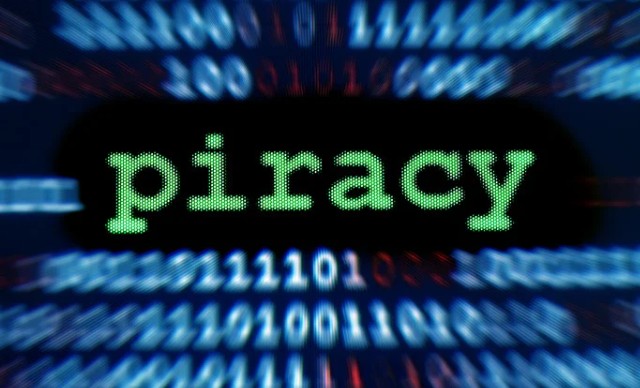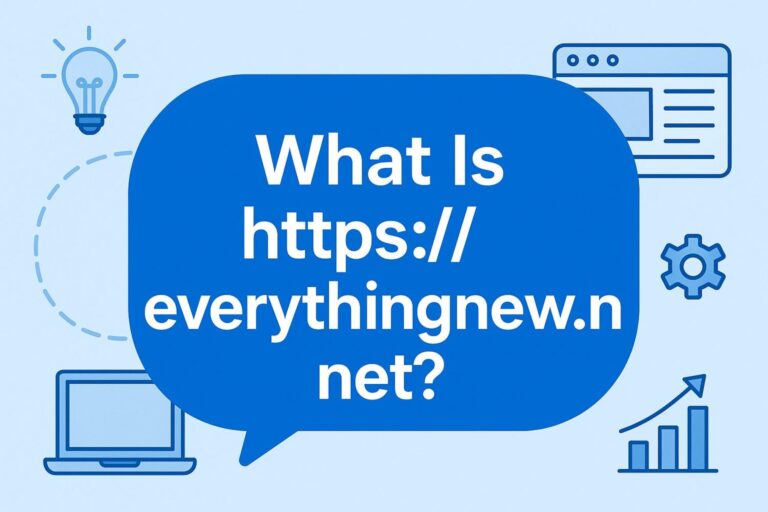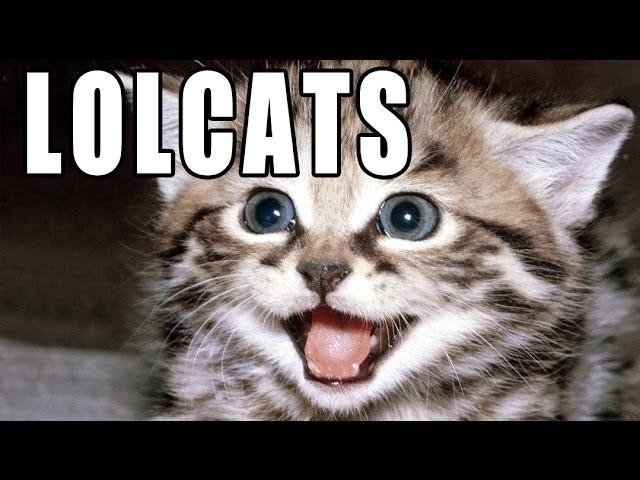
Credit: Reddit
Memes, in all their humorous, bizarre, and sometimes cringe-worthy glory, have become a staple of internet culture. But have you ever stopped to think about where it all began? How did we get from a simple image with text to the viral memes we share today?
It’s like looking at your old yearbook photos and realizing just how much things have changed. The internet’s first memes weren’t what they are today. I’ll admit, my first meme experience was from the early 2000s—back when “Rickrolling” was the best prank anyone could pull.
It’s wild to think about how memes have evolved, but it’s equally fascinating to trace the roots of the internet’s humor revolution.
So let’s take a step back in time and explore some of the oldest memes on the internet. These are the icons that set the foundation for everything we know and love in meme culture today.
What Are the Oldest Memes on the Internet?
Memes are far more than just funny pictures—they’re reflections of our shared online experiences, often poking fun at societal trends, cultural events, and everyday life. The first memes on the internet emerged in the mid-to-late 1990s, and surprisingly, they weren’t quite as polished or shareable as what we see today.
Instead, these early memes were a mix of basic web graphics, simple jokes, and viral moments that gained traction through forums, early social media, and email chains.
A key factor in the success of these early memes? They were community-driven and spread through word of mouth—or more accurately, URL of mouth. Let’s take a look at some of the oldest and most iconic memes that laid the foundation for today’s meme universe.
What Was the First Meme on the Internet?
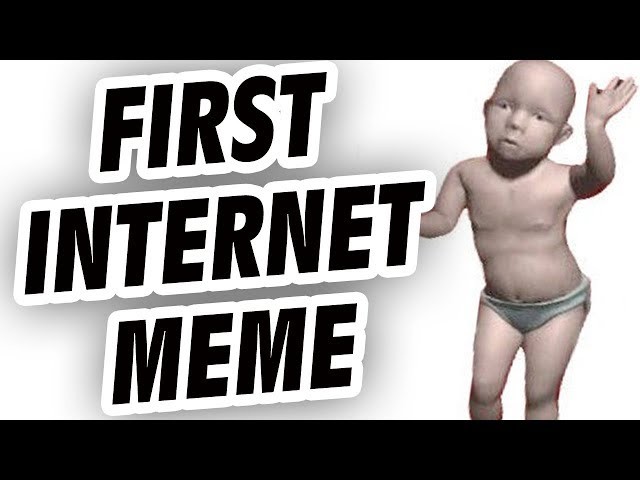
It’s surprising to learn that memes existed even before the world widely used the internet. One of the first recognized internet memes was the “Dancing Baby” (also known as “Baby Cha-Cha-Cha”), which dates back to 1996. It was a 3D-rendered animation of a baby dancing, and though simple by today’s standards, it spread like wildfire across early web forums and email chains.
It wasn’t until the early 2000s, though, that memes truly took off as a form of online culture. This is when we started to see the meme format as we know it today—quick, witty, and easy to share.
The Rise of LOLcats: A Meme for Cat Lovers

By far one of the most iconic and enduring memes from the early internet days was LOLcats, which started to gain massive popularity around 2005. The meme consists of pictures of cats with humorous, grammatically incorrect captions written in “lolspeak.”
The phrases often included intentional misspellings like “I Can Has Cheezburger?”—a phrase that became so popular it eventually became the name of a meme-focused website.
LOLcats are significant not only because they’re hilarious but also because they demonstrated the early power of user-generated content and viral sharing.
In fact, LOLcats were responsible for the creation of one of the first major meme hubs: ICanHasCheezburger.com, which allowed users to share their own versions of the meme and contributed to the broader meme culture we know today.
The Impact of Rage Comics

Another cornerstone of early meme culture is the Rage Comics series, which first appeared on the internet around 2008. These comics, typically featuring crudely drawn characters with exaggerated facial expressions, were used to express frustrations and relatable life situations.
The Rage Guy—one of the most iconic characters from the Rage Comics genre—was often used to convey extreme anger or frustration, creating a universally relatable emotional outlet.
Rage Comics were incredibly popular because they allowed people to share personal experiences and vent frustrations in a humorous way. The format also opened the door for many other internet subcultures to emerge, and the meme-style humor continues to influence internet culture today.
How Did Memes Spread Across the Internet?
Before viral content was a thing, memes had to travel a bit differently. Early internet memes spread primarily through forums, chain emails, and the first social media platforms like MySpace. Websites like 4chan and Something Awful were crucial in creating the meme communities that propelled meme culture into the mainstream.
Unlike today’s instant viral videos or tweets, these early memes were slower to spread. But they were shared through word-of-mouth—posting on forums, passing along the links via email, and even through early social media platforms. The beauty of memes in this pre-social media era was that they weren’t crafted for a mass audience; they were often designed for niche groups, making them feel more personal and authentic.
How Did “Rickrolling” Become a Meme Phenomenon?
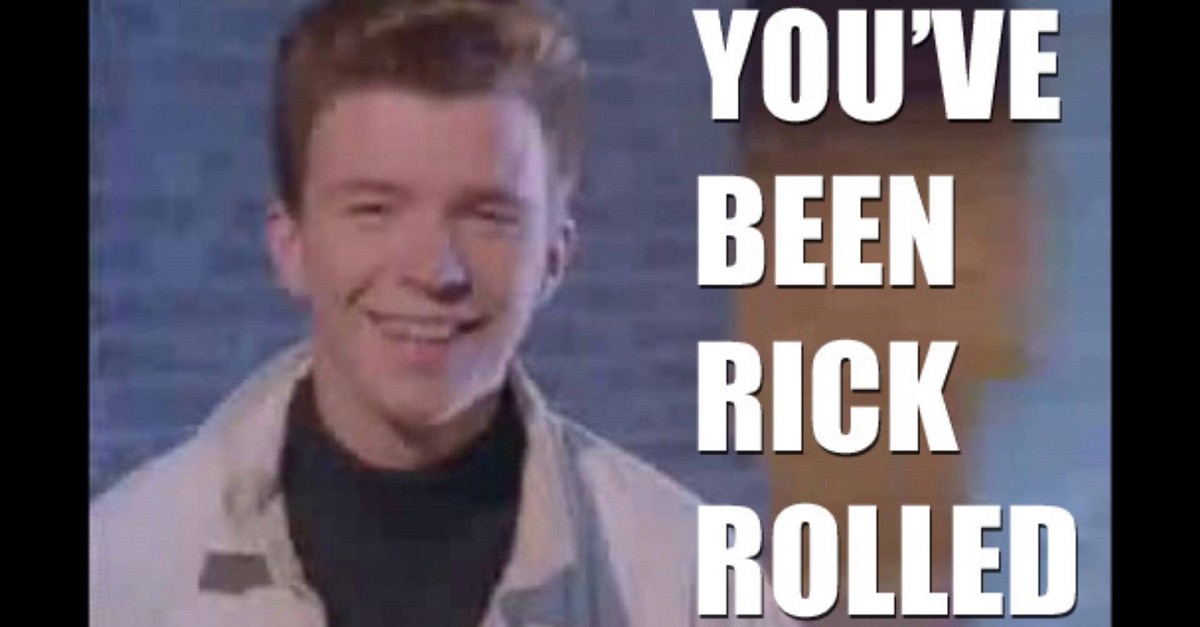
It wasn’t long before the infamous “Rickrolling” meme entered the picture in 2007, marking one of the most iconic pranks on the internet. The premise is simple: someone shares a hyperlink disguised as something relevant or interesting, but when the link is clicked, it redirects the person to Rick Astley’s 1987 music video for “Never Gonna Give You Up.”
The genius behind Rickrolling was that it combined the charm of a catchy song with the absurdity of internet humor. The joke didn’t take long to spread across websites, forums, and email chains. It became a meme phenomenon that is still referenced today.
What’s the Legacy of These Old Internet Memes?
The beauty of the internet’s oldest memes is that they paved the way for the meme culture we experience now. Memes like the “Dancing Baby,” LOLcats, Rage Comics, and Rickrolling were more than just funny—it was their ability to bring people together, share experiences, and create an ongoing conversation that contributed to the meme explosion we see today.
From niche groups on forums to the explosion of meme-centric platforms like Reddit and Instagram, the internet’s meme culture has only grown more powerful and more influential over time. Old memes might seem outdated now, but they represent the foundation on which today’s meme culture was built.
How to Enjoy the Oldest Memes Today
If you’re feeling nostalgic and want to take a trip back to the roots of meme culture, here are some tips for enjoying the oldest memes on the internet:
- Visit Meme Archives: Websites like Know Your Meme offer a wealth of information and resources about the history of popular memes. You can learn all about early internet humor and see how certain memes evolved.
- Share the Classics: If you’re in a group chat or social media thread, throw in a classic meme like the “Dancing Baby” or LOLcats. It’s a fun way to remind everyone how far we’ve come in meme culture.
- Embrace the Nostalgia: Next time you’re scrolling through meme compilations, keep an eye out for early meme icons that have stood the test of time. You might find yourself laughing just as hard as you did the first time around.
FAQ: The Oldest Memes on the Internet
What is the oldest meme on the internet?
One of the oldest memes is the “Dancing Baby,” which originated in 1996. It was a 3D-rendered animation that became viral in the early days of email chains and internet forums.
How did Rickrolling start?
Rickrolling began as an internet prank in 2007, where a hyperlink would lead someone to Rick Astley’s music video for “Never Gonna Give You Up” instead of the expected content. It quickly became a viral meme.
Why are old memes still relevant today?
Old memes like LOLcats, Rage Comics, and Rickrolling remain relevant because they represent the foundation of meme culture. They’ve influenced newer memes and continue to be shared for nostalgia and humor.
Are memes important to internet culture?
Absolutely! Memes are a way for people to express humor, opinions, and cultural commentary. They shape internet communities, spark conversations, and provide a form of social connection.
Memes Are Forever
Looking at the oldest memes on the internet is like opening a time capsule. They may not have the same polish as today’s viral content, but they capture the raw essence of internet humor and community. It’s incredible to see how much meme culture has evolved—and it’s even more exciting to think about where it’s headed next.
So, the next time you find yourself scrolling through a meme, remember: it all started with the likes of the “Dancing Baby” and “Rickrolling.” The power of a meme is in its ability to connect us, make us laugh, and keep things light—even as they evolve with the times.





